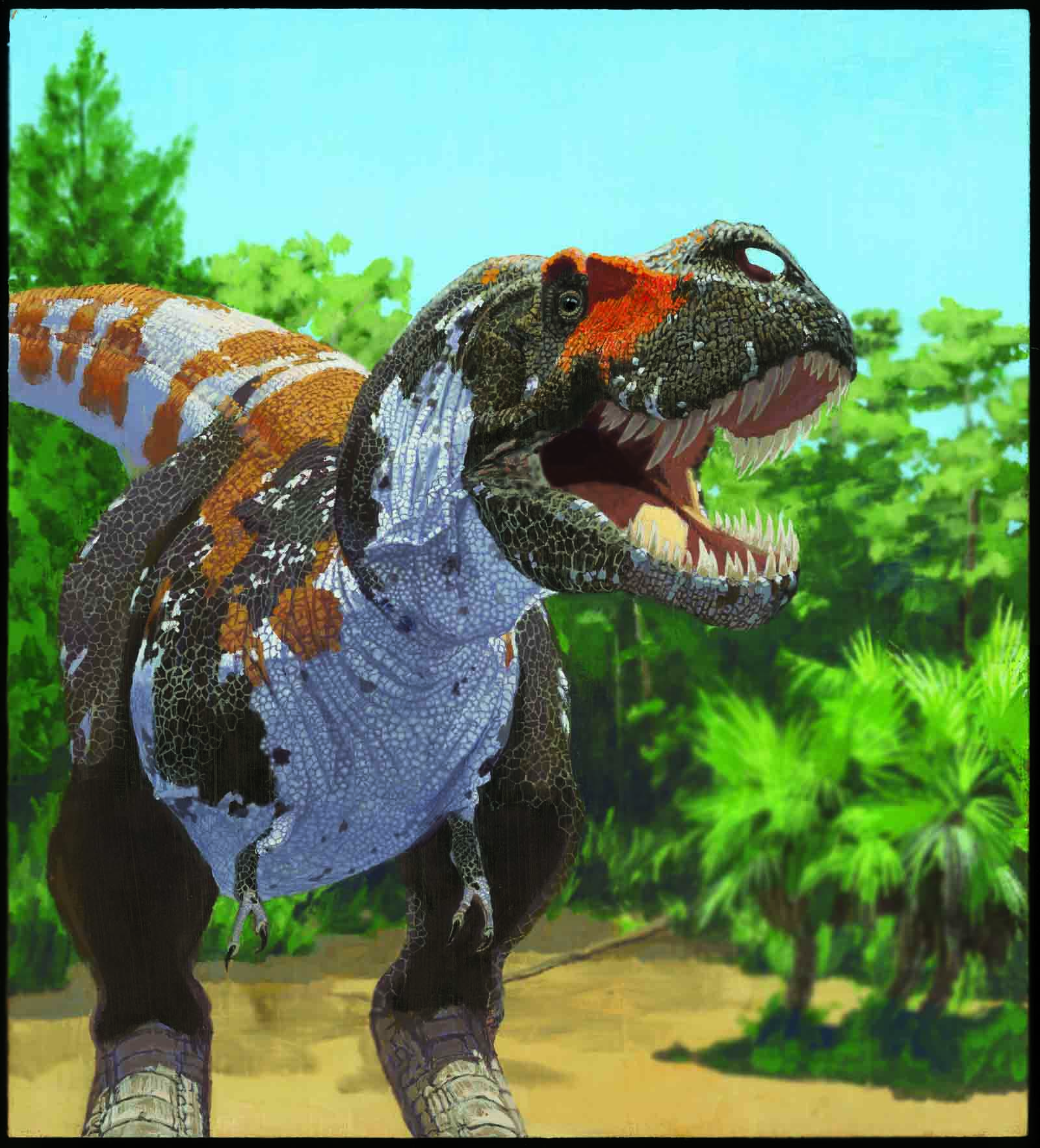Compounds in ancient plant leaves tell the story of how an extinction event shaped our planets ecosystems. The angiosperms flowering plants.
 The Cretaceous Period 146 65 Million Years Ago The Australian Museum
The Cretaceous Period 146 65 Million Years Ago The Australian Museum
This stage represents the last 51 million years of the Cretaceous and is a sufficiently long span to assess floral change before and at the K-T boundary.

Plants in the cretaceous period. Gymnosperms first appeared in the late Paleozoic Era and became dominant during the first half of the Mesozoic Era. About 80 million years ago New. Prehistoric plants of the Cretaceous Period during the LateUpper Mesozoic Era.
One of the most notable developments of the Cretaceous Period was the appearance of the first flowering plants. These changes in temperature meant lots of changes to the plant life of the time. Open Source High Video.
Flowering plants also known as angiosperms reproduce using flowers and develop seed-containing structures known as fruits. As of summer 2007 Dr. Flowering plants angiosperms arose close to the beginning of the Cretaceous and became more abundant as the period progressed.
Last Updated on Fri 18 Dec 2020 Cretaceous Period Until the Early Cretaceous Epoch the worlds flora was dominated by ferns and gymnospermsseed plants whose seed embryos are not protected by a fruit cone or other body. Maastrichtian paleobotanical data are surprisingly sparse in a global sense. Sunderlin and others have documented more than 12 different leaf types many sticks and stems of woody and herbaceous plants and at least 25 pollen and spore types in the Cretaceous rocks of Denali see examples of fossil finds in.
Some Mesozoic Era angiosperms included magnolias laurel barberry early sycamores and palms. During the early Cretaceous approximately 125 million years ago the first. Figures 51 and 52 are artists reconstructions of Maastrichtian vegetation based on paleobotanical data.
See also the preceding CategoryJurassic plants and the succeeding CategoryPaleogene plants. Some plants from the Jurassic period were still around such as mosses ferns horsetails cycads and conifers. Most of the dinosaurs that have been found date from the late Cretaceous period when flowering plants were supplying plant-eating dinosaurs like hadrosaurs with plentiful and nutritious food.
Plants of the Cretaceous Period Both bees and flowering plants appeared during the Cretaceous Period. Insects and other organisms soon evolve to take advantage of the new food sources and opportunities these plants provide. Paleogene Period The Cretaceous saw the first appearance and initial diversification of flowering plants Angiosperms.
Australia was joined to Antarctica New Zealand and South America forming the last remnant of the great southern landmass called Gondwana. Terrestrial Plants Flourished After the CretaceousPaleogene Extinction. Horsetail-restio-elegia-capensisjpg These plants were around in the late Cretaceous period 145100 million years ago and grew in Gondwana which was one of the supercontinents that made up the earth millions of years ago.
The fossilized plants offer clues about the plants and forests that produced this litter. Grasses may have evolved later. Evolution of Plant and Animal Life The Lower Cretaceous is characterized by a revolution in the plant life with the sudden appearance of flowering plants angiosperms such as the ancestors of the beech fig magnolia and sassafras.
This type of plant could well have been. Conifers continued replacing seed ferns ginkgos and cycads. These plants were largely replaced by an entirely new group of plants.
About Plants in the Cretaceous Period During the Cretaceous period the earth began to have seasons which meant colder winters and warmer summers. Wikimedia Commons has media related to Cretaceous plants. A typical landscape of the late Cretaceous Period c75 million years ago.
ads
